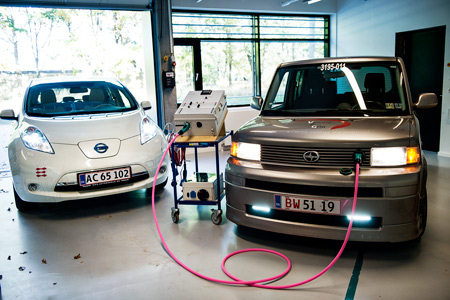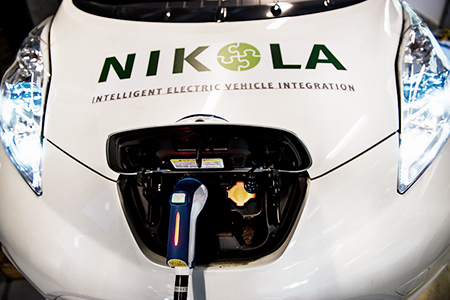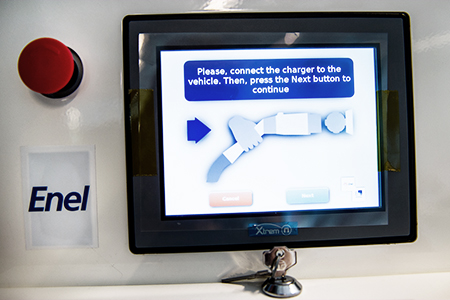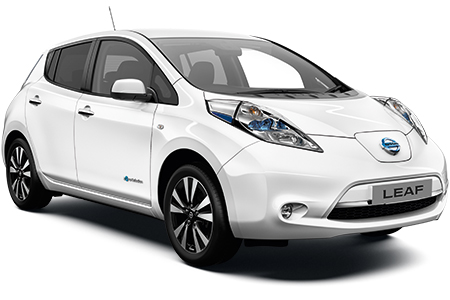Charging time, range and taxes. There are plenty of challenges facing electric vehicles. Nevertheless, the electric car is the only long-term solution if the transport sector is to become independent of fossil fuels.
The transport sector currently accounts for approximately one quarter of total global carbon emissions, and the figure is rising. Passenger cars and vans are responsible for around 70 per cent of road transport emissions in the EU. This is due to the fact that most of the vehicles run on fossil fuels. Electrification of the transport sector is crucial if we are to achieve the goal of a fossil-free society by 2050.
Below, you can read more articles about DTU’s research and development of electric cars:

Photo: Joachim Rode
“Electric vehicles are the long-term solution”
Niels Buus Kristensen, Head of Department, DTU Transport, believes that electric cars are the key to the green conversion, where the transport sector will become independent of fossil fuels. . He is one of the key figures in Denmark when it comes to transport economics and climate solutions. A member of the Danish government’s climate advisory committee, he has also been a member of the previous government’s climate commission and congestion commission. In this article, Niels Buus Kristensen responds to the question of why the electric car is a better climate solution than investments in public transport, biofuels and higher taxes in the form of road pricing and toll rings.
Read the whole article here
.
Photo: Joachim Rode
"The car will be more than just a means of transport"
Electric cars of the future can cover a range of needs other than transport. Together with researchers from DTU Electrical Engineering, Nissan has taken the first steps towards the development of the new electric cars. The project is called Nikola.
Read the whole article here.

Photo: Joachim Rode
"The battery—heart of the electric car"
Batteries twice as powerful as those currently available may finally herald the breakthrough of electric cars. Developing such batteries is the goal of a European, DTU-led research project based on advanced materials research.
Read the whole article here.

Photo: Colourbox
"Economy is the key"
Research shows that economy is the single most important factor in deciding whether to invest in an electric or petrol-powered vehicle.
Read the whole article here
.
Photo: Nissan
"Electric vehicle of the future"
How will electric vehicles develop? Associate Professor Esben Larsen from DTU Electrical Engineering shares his thoughts on what we can expect when it comes to charging, energy efficiency, batteries, operating costs, vehicle-to-grid and other services.
Read the whole article here.